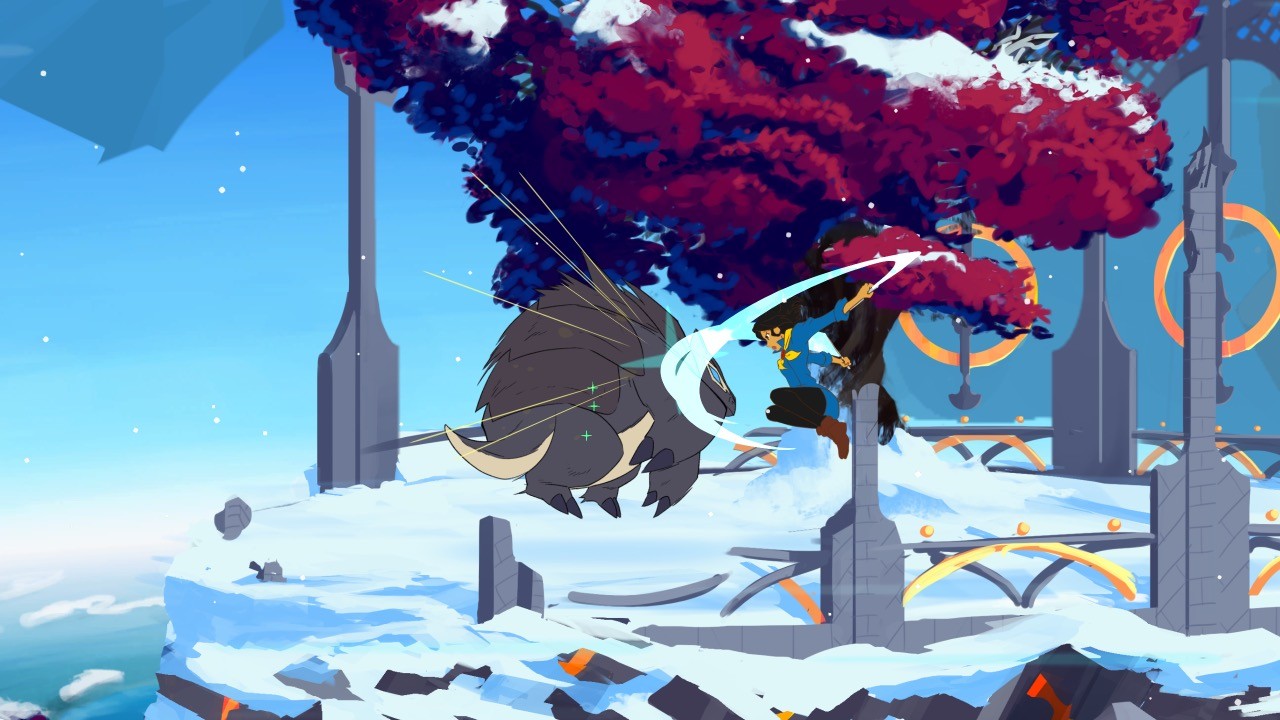What drew me to Battle Chef Brigade initially back before its Kickstarter campaign in 2014 was its art style. Visually, the game simmers in a league of its own thanks entirely to its unique design sense, the work of contract artists and Eric Huang.
Then I read about the premise. Back then, the idea was loose and fluid. Generally, you’d hunt monsters for ingredients, collect them and then somehow cook up a dish to be judged in a cooking contest.
I’ve now played the game for the first time at PAX East, and it’s a blend of 2D combat and puzzle solving. It works, you know? “It’s like two games in one,” Trinket Studios’ Tom Eastman told me after I played.
It is, too. During the brief demo, a few key things happened that I believe inform me about how the game will generally play out once it hits the buffet table. You’ll challenge a chef to a cooking competition, you’ll be introduced to a judge, the contest’s theme ingredient is announced and then the game begins.
The whole world is set in this 2D style, whether you’re cooking or killing. You’ll start by dashing out of your kitchen to go on your murdering spree. Our demo required Dragon Meat as the key ingredient. That meant, in addition to hunting a host of other small animals, I had to set my sights on the dragon on the far left of the 2D demo and render him sliced and diced.
As of now, the combat section of Battle Chef Brigade is simple, straight forward and easy as pie. You have magic attacks and melee attacks. I played on a PC with an Xbox 360 controller, so jump was mapped to A, melee to X, dodge to B and magic to Y. Pressing up or down in addition to the button in question performs a different attack, too.
So, you can totally magic and melee through small sections of monsters, comboing, uppercutting and dodging your way to their precious meat. You collect the ingredients and head back to the kitchen.
This is where the second of the two games in one boils into play. Cooking.
Cooking has been a challenging part of the design process since the onset of Battle Chef Brigade‘s development. Eastman told us that they prototyped all sorts of methods before settling in on what I’m about to describe. The biggest problem? They’d often over-season the puzzle system with too many mechanics.















